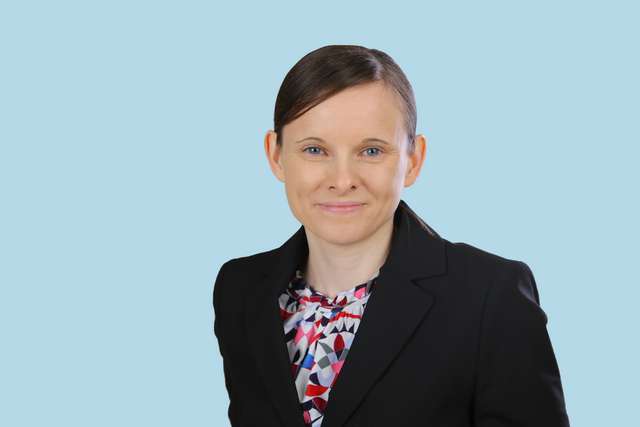“BE FUNCTIONAL! BE EXCELLENT!“
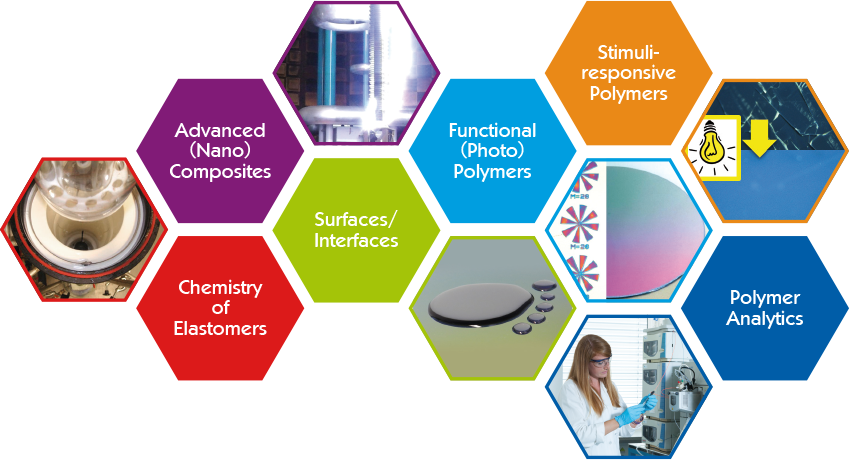
Competences and technical applications
The Chemistry of Functional Polymers division develops innovative material concepts paired with application-oriented engineering solutions in six different fields of polymer research. In particular, we design functional polymers with photosensitive properties for the semiconductor and microelectronics sector which are characterized by excellent adhesion to the substrates, fast and reproducible processability, and high resolution. A more basic research field focuses on the synthetization of stimuli-responsive polymers which change their polymer structure and material properties in response to an external stimulus such as light or temperature. Advanced applications of this new class of smart polymers are self-healing and degradable coatings or adhesives with controlled bonding properties.
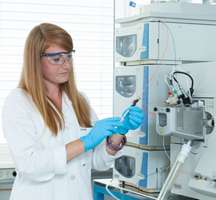 Along with polymer architecture, the PCCL also develops innovative and application-oriented crosslinking strategies for polymers, especially for rubbers and duromeric materials. In particular, the chemistry and network structure of elastomers are crucial for the final properties of products used in the automotive industry and are employed in commodities such as seals or gloves. Crosslinking mechanisms are also studied in the preparation of advanced composites for the electronics and electrical engineering industry. The electrical, thermal and mechanical performance of the composites is adjusted by compounding with selected micro- and nano-sized fillers. In order to provide a homogeneous dispersion of nanoparticles and to tailor filler-matrix interactions, their surfaces are modified. Composites with controlled bulk and interface properties (e.g. thermomechanical stability, thermal and electrical conductivity, filler-matrix bonding) are prepared by using new material designs and surface modification routes.
Along with polymer architecture, the PCCL also develops innovative and application-oriented crosslinking strategies for polymers, especially for rubbers and duromeric materials. In particular, the chemistry and network structure of elastomers are crucial for the final properties of products used in the automotive industry and are employed in commodities such as seals or gloves. Crosslinking mechanisms are also studied in the preparation of advanced composites for the electronics and electrical engineering industry. The electrical, thermal and mechanical performance of the composites is adjusted by compounding with selected micro- and nano-sized fillers. In order to provide a homogeneous dispersion of nanoparticles and to tailor filler-matrix interactions, their surfaces are modified. Composites with controlled bulk and interface properties (e.g. thermomechanical stability, thermal and electrical conductivity, filler-matrix bonding) are prepared by using new material designs and surface modification routes.
With respect to surfaces and interfaces, the PCCL also has extensive expertise and well-established techniques to functionalize the surfaces of organic and inorganic materials and to optimize surface parameters such as wettability, friction or reactivity. In addition, the PCCL provides routine service measurements and has extensive analytical equipment for the characterization of the chemical properties of polymers (GPC, FT-IR, UV-Vis and fluorescence spectroscopy) and the analysis of low-molecular weight additives (pyrolysis GC-MS, HPLC-MS). In addition, new analytical techniques are established (e.g., low field NMR spectroscopy), which are employed as a quality tool for the detailed study of network and other relevant material properties of polymer products such as crosslink density and filler interactions.
Scientific Approach
In six different fields of polymer research, the Chemistry of Functional Polymers division relies on innovative polymer synthesis paired with application-oriented material design to address the development of the next generation of functional polymer materials. In basic research activities, stimuli-responsive polymers are synthetized by introducing photocleavable chromophores and photoreversible binding motifs into polymer structures. These smart polymers change their material characteristics in response to external stimuli (such as light and temperature), a fact which is used in advanced applications such as self-healing coatings or reversible adhesives.
Along with the preparation of polymers with triggered functions, the PCCL also focuses on the design of photosensitive polymers and polymer networks with spatially and temporally controlled material properties. By using versatile click reactions such as the thiol-ene reaction, new photoresists are synthetized which provide excellent adhesion to the substrates, high resolution, and fast and reproducible processability. Photoreactions are also employed in the field of elastomer chemistry as a new crosslinking strategy towards biocompatible elastomer products. In addition, new thermal curing strategies with low migrating crosslinkers (e.g., immobilized on inorganic filler) are pursued to improve the skin compatibility of the elastomer materials.
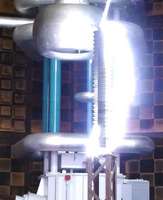 New curing mechanisms are also of great interest in the field of advanced polymer-based nanocomposites to control the final matrix properties. The electrical, thermal and mechanical performance of the composites is further adjusted by compounding with selected micro- and nano-sized fillers. In order to provide homogeneous dispersion of the nanoparticles and to tailor filler-matrix interactions, their surfaces must be modified. The PCCL employs wet-chemical techniques as well as reactions under reactive gas atmospheres for adjusting the polarity and reactivity of organic and inorganic material surfaces. Starting from conventional silanization techniques, photochemical modification routes are developed which pave the way for the preparation of patterned and textured surfaces. The applied methods enable a localized tuning of material properties such tribological characteristics and adhesion strength.
New curing mechanisms are also of great interest in the field of advanced polymer-based nanocomposites to control the final matrix properties. The electrical, thermal and mechanical performance of the composites is further adjusted by compounding with selected micro- and nano-sized fillers. In order to provide homogeneous dispersion of the nanoparticles and to tailor filler-matrix interactions, their surfaces must be modified. The PCCL employs wet-chemical techniques as well as reactions under reactive gas atmospheres for adjusting the polarity and reactivity of organic and inorganic material surfaces. Starting from conventional silanization techniques, photochemical modification routes are developed which pave the way for the preparation of patterned and textured surfaces. The applied methods enable a localized tuning of material properties such tribological characteristics and adhesion strength.
Along with material development, the PCCL performs routine measurements for polymer and additive characterization (GPC, HPLC and GC-MS) and advances analytical techniques based on low field NMR spectroscopy. This technique is employed for a detailed study of network properties such as crosslink density, network defects and for determination of filler interactions of composite materials.
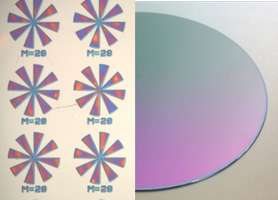 The scientific contributions made by this research division over the last decade are clearly reflected by the numerous publications in high-ranking and peer-reviewed journals and the presentation of its research work at leading conferences in polymer science including Makro, ACS Half-Year Meetings, ESPS, EPF, IUPAC World Polymer Congress and EUPOC Conferences. The PCCL also organizes symposia on special topics in polymer chemistry such as “Polymer chemistry for functional materials materials” (ACS Fall Meeting 2018 in Boston, US) and “Advanced Polymer Photochemistry” (IMRC 2017 in Cancún, MEX). In addition, the researchers were awarded national and international prizes including the Fast Forward Award (2012 and 2015), the Paul Dufour Award (2015), the EARTO Innovation Award (2016) and the Josef Krainer Förderungspreis (2016).
The scientific contributions made by this research division over the last decade are clearly reflected by the numerous publications in high-ranking and peer-reviewed journals and the presentation of its research work at leading conferences in polymer science including Makro, ACS Half-Year Meetings, ESPS, EPF, IUPAC World Polymer Congress and EUPOC Conferences. The PCCL also organizes symposia on special topics in polymer chemistry such as “Polymer chemistry for functional materials materials” (ACS Fall Meeting 2018 in Boston, US) and “Advanced Polymer Photochemistry” (IMRC 2017 in Cancún, MEX). In addition, the researchers were awarded national and international prizes including the Fast Forward Award (2012 and 2015), the Paul Dufour Award (2015), the EARTO Innovation Award (2016) and the Josef Krainer Förderungspreis (2016).
Research groups
The Chemistry of Functional Polymers division consists of three research groups:
















